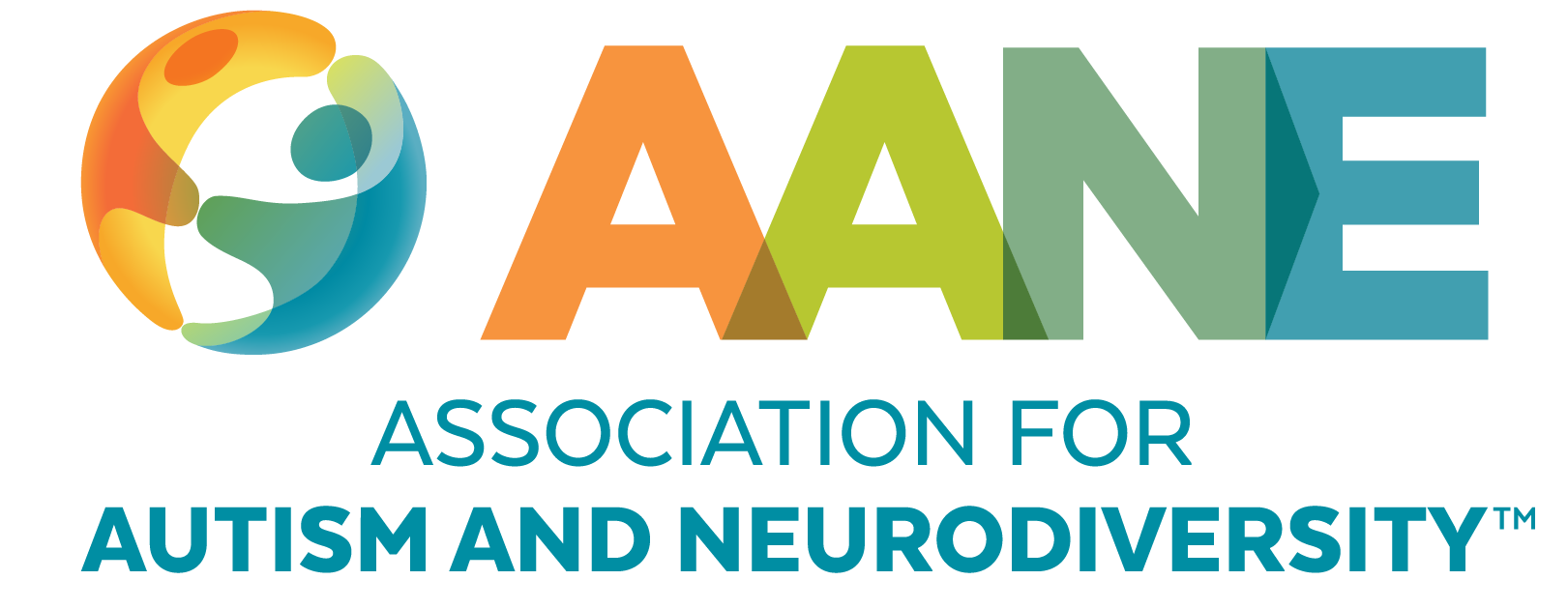
Navigating Expectations as Providers
Authors
Jay O’Brien, LifeNet Program Director
Melissa Regan, LifeNet Associate Program Director, Clinical Case Manager/Personal Advocate
Catie Ryan, LifeNet Clinical Case Manager/Personal Advocate

Most professionals serving the autism community chose their work to help meet the needs of autistic individuals. Wanting to make a difference in people’s lives and fill a void in services is what propels us forward and keeps the autistic individual front and center in everything we do.
One challenge we face is recognizing and addressing when our own expectations and the expectations of clients and their family members move out of alignment. Sometimes these challenges are initially apparent, or arise during the client-provider relationship. We would like to share the approach we use in the LifeNet case management program to set mutually agreed expectations and to manage misalignment if it arises. We hope sharing our process can help both providers and clients think about each other’s perspectives while navigating expectations.
Setting Expectations Up Front
First, setting and conveying initial expectations is paramount. Prior to a provider “setting” the expectation, listening to the expectations of the client and family is critical. This can be done simply by asking what they hope to see happen, or more specifically exploring the challenges and successes they anticipate entering this new relationship.
As providers of AANE’s LifeNet independent living support program, we work to be as clear and concise as possible about who we are (a growing team of clinical & non-clinical professionals), what we provide (clinical case management plus direct care and assistance), who we serve (Autistic adults 21+), and how we support those in our program (strengths-based, adult-centric philosophy leveraging AANE’s expertise in neurodiverse populations).
The importance of this philosophy should not be underestimated. For example, we work to convey that LifeNet staff are not the sole replacement for support provided by a parent or family, and that no single provider including AANE can serve as the ‘be-all end-all’ support. Rather, we strive to make it clear LifeNet acts as a meaningful component in the client’s network who can also introduce or help maintain connection with other services. With this in mind, we’ve added a program mission statement for LifeNet: Empowering adults to pursue and maintain connections to live the life they want.
In addition to our messaging, we also take steps in our screening protocol to assess mutual fit before eligibility is determined and enrollment occurs. What type of support does the adult want? Are these areas in line with what we can offer? By making these eligibility assessments prior to enrolling an adult into the program, we reduce the chances of misaligned expectations once service begins.
Managing Expectations Along The Way
Once eligibility is confirmed and a client has enrolled in the LifeNet program, we seek to maintain alignment of expectations of the support we provide and how it is delivered through clear and consistent communications with adults and family members.
ADULT CLIENT’S PERSPECTIVE
For the adult client, we begin to build the provider-client relationship by gathering information during a welcome in-take session. This gives us all an opportunity to get to know each other better, deepen our knowledge of past experiences, and further understand what expectations the client has of us. During this session, we share our expectations of the client’s participation in the program, and identify priorities to work on and monitor together in the individualized LifeNet Support Plan. Once the regularly scheduled support interactions begin, we continually evaluate how things are going.
Additionally, we offer a team meeting at the end of 90 days to confirm the relationship is working for all involved. During visits and activities, the adult and their LifeNet team aim to communicate openly and clearly about each of their perspectives so expectations can stay in sync.
PARENT OR OTHER FAMILY CAREGIVER’S PERSPECTIVE
If parents or other family members are involved in helping enroll an adult in the LifeNet program, then we ask them to share their unique and irreplaceable knowledge of the adult, both up-front and at regular checkpoints along the way. As our experienced staff build their relationship with the adult, the more opportunity the family has to step back, understanding we share the same goals in supporting the adult. Expectations regarding the level of ongoing family involvement are unique in every situation, which is why it is important to work to have shared expectations.
We continually convey to family caregivers the client-centric philosophy of the LifeNet program, and the inevitable risks and bumps that may occur along the way. We support and honor the adult’s self-determination: their right and role as their own decision-makers and self-advocates. Part of this is respecting the adult’s privacy and confidentiality, and that means we typically don’t report on what happens in meetings and do not share everything that is shared with us except when needed, such as when there’s a safety concern.
Realigning When Expectations Diverge
Commonly, a client’s needs or situation may change in any number of ways, or a family caregiver may want more or different support for their adult. This can bring frustration, especially if the misalignment of expectations extends beyond the support capacity of our program.
We anticipate and address these issues by implementing team meetings, which include the adult client, their family if the client wishes, and their LifeNet team members. Together we review the client’s priorities and how the collaborative client-provider work is progressing. These discussions encourage honesty and transparency and provide an opportunity for adults to practice self-advocacy. We might ask questions like “What’s going well?” and “Where does it feel like your needs are not being met?” This sometimes calls for appropriate short- and long-term adjustments to the plan with a clear understanding of what changes can be made.
The key to the entire process is listening to, setting, and maintaining expectations centered first and foremost around the adult client. Navigating expectations in a way that supports and strengthens that relationship is what we believe contributes significantly to success. If there is one overarching goal of LifeNet, it’s to support the adult in maximizing their autonomy, whatever that looks like for each adult based on their priorities, needs, and preferences.
Stay Current
Subscribe for AANE weekly emails, monthly news, updates, and more!







